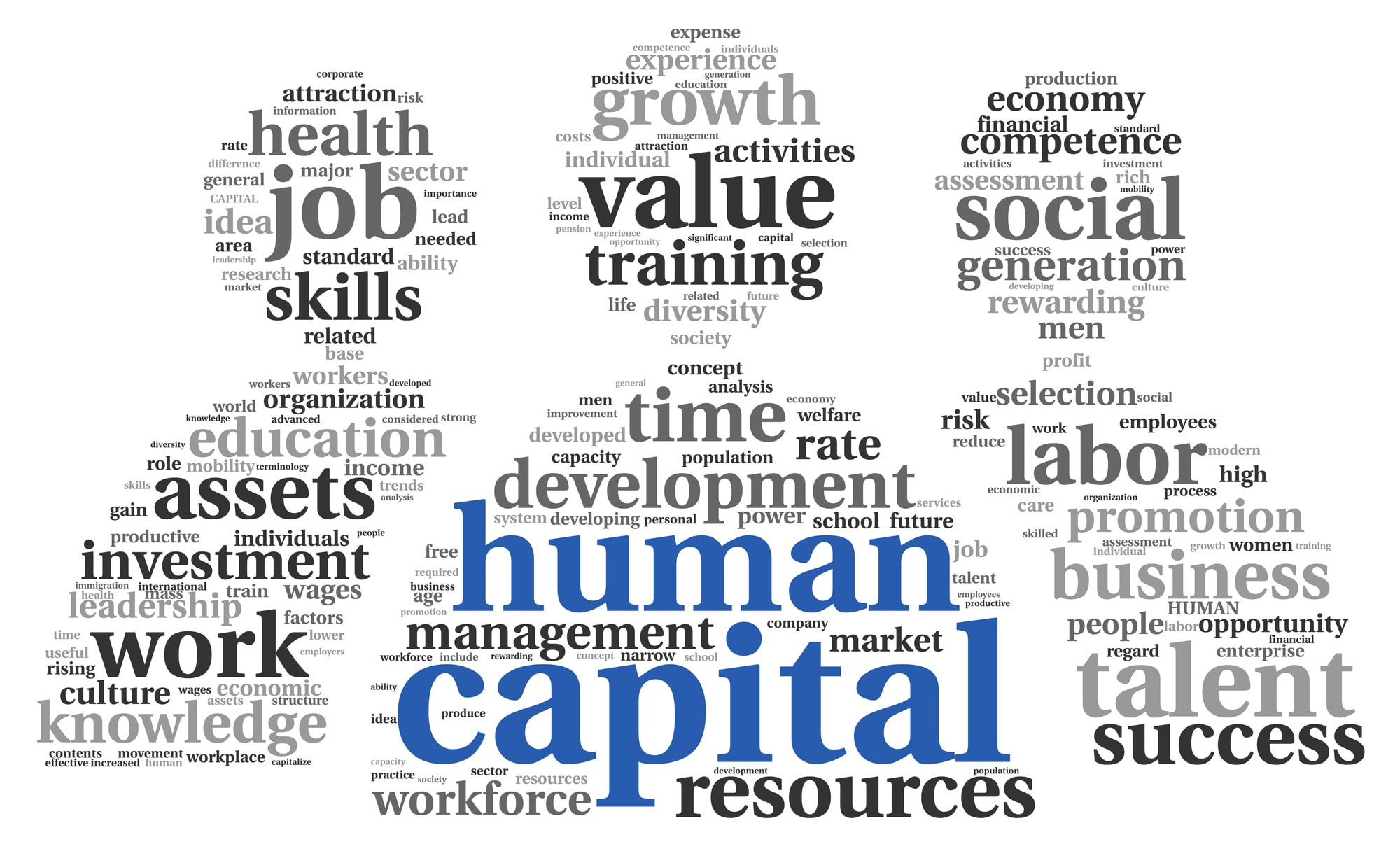The coronavirus pandemic has triggered questions from business owners about how they can minimize the decline in company value and reignite sales and earnings. It is crucial first to understand how business value is determined.
One way to determine your business’ value is to use a simple formula: value = earnings x market multiple. Understanding this formula is essential to devising a strategy that allows you to protect value today so it can grow tomorrow.
The reality for many businesses is that earnings, at least in the short term, will remain lower than they were before COVID-19. With the value formula in mind, if earnings decline, the business valuation will most likely decline. Many business owners have already taken action to minimize the blow to sales caused by the pandemic. What owners may not be considering are efforts to mitigate the impact of the other side of the equation, the market multiple, steps that ultimately drive sales and earnings.
The multiple assigned to a business is determined primarily by the private capital market (PCM). Better-positioned industries and economic conditions are two primary factors determining the range of multiples within an industry. The pandemic has decreased the multiple ranges of many industries.
Owners cannot control the multiple ranges. However, they can influence the multiple their company deserves within that range by addressing the value factors known as the Four Intangible Capitals (4C’s): human, customer, structural and social capital.
Human capital is the value of the talent that you have in your company. The more talented your team, the better they will perform, especially in a crisis. All things being equal, the stronger your human capital, the more value the market will place on your company.
Customer capital is the measure of the strength of relationships with your customers. Deep, integrated, tenured relationships, recurring revenue, contractual relationships and diversified customer bases all contribute to substantial customer capital.
Structural capital is the company’s back-end infrastructure, such as your processes, balance sheet, strategies, information technology, patents and other intellectual property. It is the documented know-how of the company that positions you to be fast and flexible.
Social capital is how you move information within your company, the attitudes of your management team and employees, the environment in which they work and company morale. It is the rhythm and culture of the company. Social capital also shows how your company contributes to its community.
How do the 4C’s impact the market multiple?
Most owners walk into their companies each day managing the 4C’s. They just don’t realize it. They care about their people (human capital). They tend to the customer experience (customer capital). They run their business efficiently (structural capital). And they set the tone of their culture (social capital).
By shifting this mindset from unintentional to intentional, the 4C’s will begin to score higher, and the market multiple will increase. Using human capital as an example, some of those value factors would be:
• Experience and tenure of the management team;
• Formalized training and education programs;
• The performance review, feedback and coaching process;
• Clear human resources policy and procedures;
• Non-solicitation agreements for key employees.
If human capital is not getting measured, it is not getting managed. If it is not getting managed, your market share remains vulnerable to your competition.
With this data, we can understand the value factors’ impact on the multiple a company deserves. An owner can then create action plans to improve weaknesses. As a result, the value of the business increases over time.
Considering the scores in the table below, which company do you think is more valuable?
The 4C’s
Company A scores (first number)
Company B scores (second number)
Human: 3/4; Customer: 3/4; Structural: 2/4; Social: 2/4; Total score: 10/16; Average: 2.50/4.00.
Company B has better talent, customer relationships, processes, systems, technology, facilities, financial structure and culture. As a result, Company B has a higher intangible value and is thus is positioned to receive a higher multiple than Company A.
Company B would be more predictable and less risky to a potential buyer. Those companies that are actively improving upon their 4C’s are likely positioned better for times of decline or unanticipated need. Not only would they have contingency plans to execute, but they also have the systems, people, customers and the products to do so.
Likely, Company B has cross-trained talent, updated and efficient systems and better access to capital. As a result, not only would Company B have a higher current value, it is expected to possess better growth potential.
All these attributes of a ready and attractive company play a role in pivoting through hardships like the coronavirus pandemic. They not only allow a business to prosper in good times, but also defend value in tough times.
This article originally appeared in The Berkshire Eagle on December 12, 2020.
